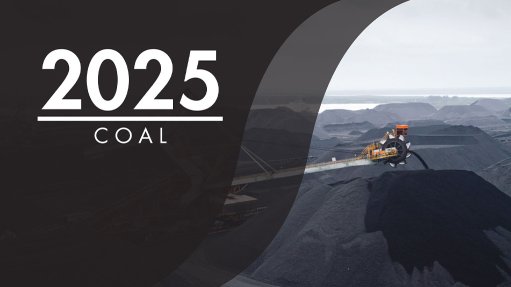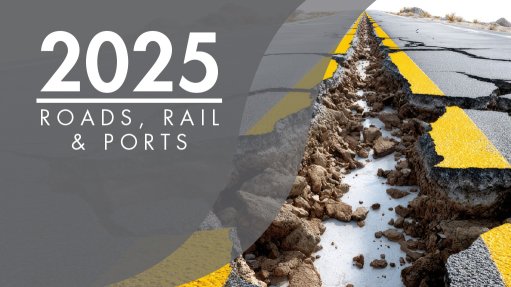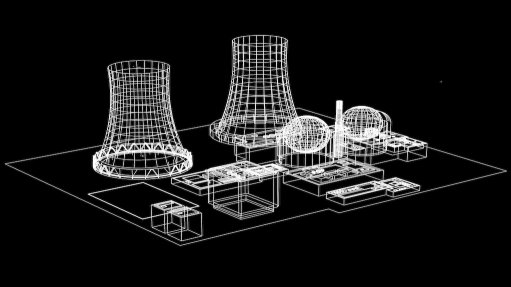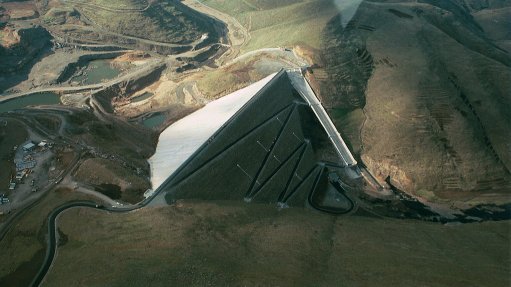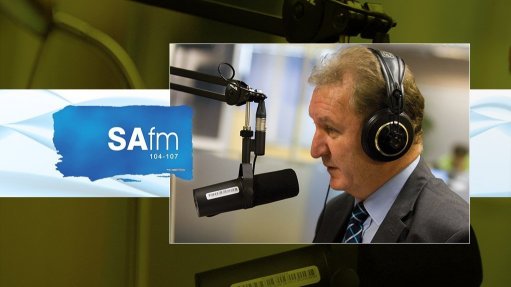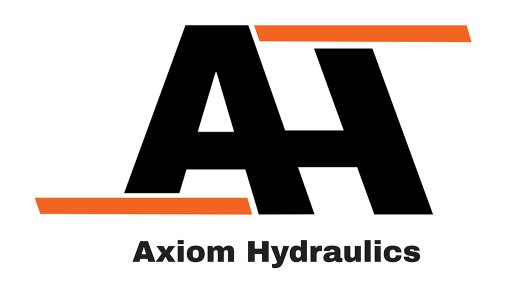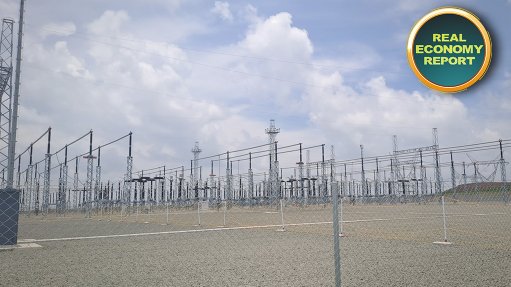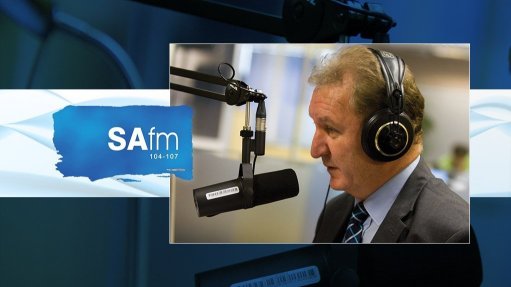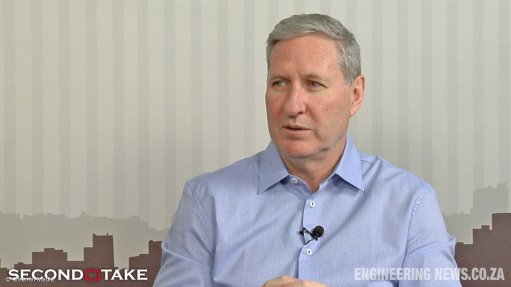Ethiopia’s people power
Think of any African infrastructure megaproject. Chances are it was built with massive foreign loans. Ethiopia, on the other hand, passed the hat around – almost literally – and built a continental colossus powered by little more than national pride, stubborn resolve and a touch of defiance.
The Grand Ethiopian Renaissance Dam (GERD), inaugurated on September 9, isn’t just a massive hydroelectric facility – it is a monument to what happens when a nation sets its mind to a goal, no matter the odds.
Construction of the 5 000-MW-capacity dam, on the Blue Nile, began in 2011. The structure, 1.8 km long and 145 m high, doubles Ethiopia’s electricity generation capacity and promises to transform the country into a major energy hub for the Horn of Africa, with economic benefits expected to unfold across several decades.
Domestically, the GERD is projected to raise the electrification rate from roughly 50% to 70% by 2030 as rural areas are increasingly connected to the national grid. This is a seismic leap – powered by renewable energy.
Beyond its national impact, the dam positions Ethiopia as a major electricity exporter. Power trade with Sudan has already started, laying the groundwork for broader regional integration, tied to goals of industrialisation, job creation, agricultural modernisation and even climate resilience through reduced reliance on wood fuel.
Unlike many large infrastructure projects on the continent, which often come gift-wrapped in conditionalities from Beijing or Washington, Ethiopians took an old school route, turning to crowdfunding to supplement the Ethiopian central bank’s 91% financing for the $5-billion hydroelectric dam, the largest in Africa.
In an article posted on its website on September 6, The Reporter newspaper, published in Addis Ababa, recalled how Ethiopians from all walks of life – including farmers, street vendors, civil servants and diaspora communities – contributed through bond sales and gifts, united by the dream of energy self-sufficiency. Writing in a blog in August, Biruk Mekonnen, Ethiopia’s ambassador extraordinary and plenipotentiary to the UK and Northern Ireland, noted: “It is difficult to name a family in Ethiopia that did not play some role. This was not just a public works project; it was a generational mission.”
The GERD was indeed development not by debt, but by determination – a rare feat on a continent where grand dreams are often mortgaged to foreign interests.
But while the dam’s turbines – 13 in total – hum with potential, the political undercurrents swirl as furiously as the Blue Nile in flood. Egypt, whose 108-million people depend on the Nile for about 90% of their freshwater needs, is fuming. Fearing the GERD could restrict supplies during droughts, it has bitterly opposed the project from the start, arguing that it violates colonial-era water treaties. Its Foreign Minister told journalists last week that it would continue to closely monitor developments on the Blue Nile and “exercise its right to take all appropriate measures to defend and protect the interests of the Egyptian people”.
Sudan, which is already benefiting from the dam through access to cheap renewable energy, has joined Egypt’s call for legally binding agreements on the dam’s operation.
While African Union chairperson, President Cyril Ramaphosa convened a video conference of the heads of State of Egypt, Sudan and Ethiopia in June 2020 to re-energise tripartite talks aimed at resolving the issue. However, given the Egyptian Foreign Minister’s remarks last week, the North African country remains aggrieved.
According to independent research cited in media reports, no disruptions to downstream flow have been recorded, but this could be partly because of favourable rainfall and cautious filling of the reservoir since 2020.
Be that as it may, the GERD should be transformed into a truly cooperative asset. This requires three steps. First, negotiations must be undertaken for legally binding agreements that guarantee minimum release levels during droughts, ensuring Egypt’s and Sudan’s water security. Second, the GERD’s output should be used to foster economic interdependence across East Africa – linking energy markets in Sudan, Kenya, Djibouti and beyond. Finally, Ethiopia must accelerate investment in rural electricity infrastructure so that the benefits of the dam reach all citizens.
The GERD has proven what African ambition can achieve. Its next test is whether it will be able to power unity or deepen division.
Article Enquiry
Email Article
Save Article
Feedback
To advertise email advertising@creamermedia.co.za or click here
Comments
Press Office
Announcements
What's On
Subscribe to improve your user experience...
Option 1 (equivalent of R125 a month):
Receive a weekly copy of Creamer Media's Engineering News & Mining Weekly magazine
(print copy for those in South Africa and e-magazine for those outside of South Africa)
Receive daily email newsletters
Access to full search results
Access archive of magazine back copies
Access to Projects in Progress
Access to ONE Research Report of your choice in PDF format
Option 2 (equivalent of R375 a month):
All benefits from Option 1
PLUS
Access to Creamer Media's Research Channel Africa for ALL Research Reports, in PDF format, on various industrial and mining sectors
including Electricity; Water; Energy Transition; Hydrogen; Roads, Rail and Ports; Coal; Gold; Platinum; Battery Metals; etc.
Already a subscriber?
Forgotten your password?
Receive weekly copy of Creamer Media's Engineering News & Mining Weekly magazine (print copy for those in South Africa and e-magazine for those outside of South Africa)
➕
Recieve daily email newsletters
➕
Access to full search results
➕
Access archive of magazine back copies
➕
Access to Projects in Progress
➕
Access to ONE Research Report of your choice in PDF format
RESEARCH CHANNEL AFRICA
R4500 (equivalent of R375 a month)
SUBSCRIBEAll benefits from Option 1
➕
Access to Creamer Media's Research Channel Africa for ALL Research Reports on various industrial and mining sectors, in PDF format, including on:
Electricity
➕
Water
➕
Energy Transition
➕
Hydrogen
➕
Roads, Rail and Ports
➕
Coal
➕
Gold
➕
Platinum
➕
Battery Metals
➕
etc.
Receive all benefits from Option 1 or Option 2 delivered to numerous people at your company
➕
Multiple User names and Passwords for simultaneous log-ins
➕
Intranet integration access to all in your organisation




